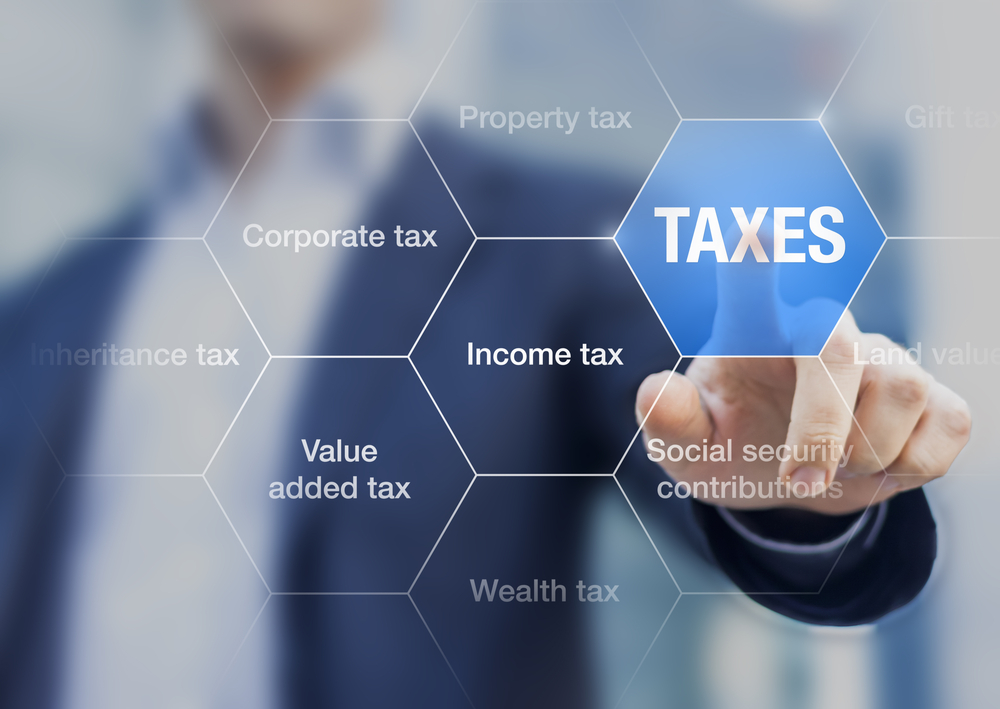Taxation of Export Processing Enterprises in Vietnam
By Vietnam Briefing
Posted: 23rd January 2017 08:15
It is becoming easier to trade across borders from Vietnam, according to the World Bank’s Doing Business Guide. Due in large part to Vietnam’s proximity to China and the country’s access to the ASEAN free trade area, exports of goods added up to over US$170 billion in 2016. The government expects export sales to be one of the key drivers for economic growth in 2017, and is targeting a 6.7 percent increase in the value of exports this year.The presence of a number of Export Processing Zones (EPZs), which offer tariff-free trade, and low cost labor make Vietnam an ideal location for Export Processing Enterprises (EPEs). Due to their location within EPZs, these businesses benefit from unique tax treatment, which has recently been amended and will be discussed below. Firstly, it is important to understand the definition of an EPE.
Export Processing Enterprises in Vietnam
According to Decree No.29/2008/ND-CP, dated March 14, 2008, EPEs in Vietnam are defined as “enterprises which are established and operate in an export processing zone or enterprises which export all of their products and operate in an industrial zone or economic zone”. EPEs set up in EPZs are allowed to sell goods to the local market; however, import duties will be payable by the recipient. Conversely, EPEs set up in industrial zones other than EPZs are prohibited to sell to domestic enterprises in the Vietnamese market.
Taxation of Export Processing Enterprises
EPEs are subject to standard Enterprise Income Tax (20 percent, as of January 1, 2016). This tax is also applicable to foreign income. However, similar tax paid overseas is deductible from the Vietnamese Enterprise Income Tax.
As mentioned, EPEs receive unique treatment when it comes to tax on imports and exports. Generally, they are exempt from paying any duties or VAT on any materials or goods imported or exported. The table below outlines the VAT and duties obligations for EPEs and non-EPEs for a range of scenarios.
EPEs are subject to stringent customs checks in order to ensure that all materials imported are used legitimately for goods to be exported. Any discrepancies, either surplus or minus, between accounting books and customs declarations will be subject to taxes and duties; this is the focus of the amendments made in Official Letter No. 9376/TCHQ-TXNK, dated September 29, 2016.
A surplus discrepancy occurs when the balance of materials in the accounting books is higher than that in the customs finalization report (i.e., the amount of imported materials exceeds the amount of materials used to manufacture exported goods). If the surplus materials are still in stock, no tax or duties need to be paid. If the surplus materials cannot be traced, taxes may be payable.
A minus discrepancy means the balance of materials is higher in the customs report than in the accounting books. This could be due to materials being sold to the Vietnamese market; if this is the case, import tax and VAT is payable. According to OL 9376, minus discrepancies will not be assessed for import tax in either of the following scenarios:
- The minus discrepancy is as a result of “declaration norms which is lower than actually used”
- The minus discrepancy is a result of differences in measurement units between EPE and Customs
- No local sale of materials has been made by the EPE
- Customs cannot find evidence of such local sales
The following two simplified examples help to illustrate when an EPE located in an EPZ has duties and/or tax obligations coming from surplus or minus discrepancies.
Firstly, the accounts of Company X state that 50 pieces of Material A were imported. On the other hand, the customs finalization report says that only 48 were used in the goods exported. Whether Company X is obligated to pay duties depends on whether the two non-exported pieces are still in stock:
- If the surplus (two pieces) are still in stock, no import tax is due
- If they cannot be traced, the company is required to pay import taxes
- If the discrepancy (two pieces) were sold to the Vietnamese market, import tax is payable on these pieces
- If the discrepancy is simply because of differences in calculation or a declaration lower than actual usage and no evidence of local sale can be found, no import tax is payable
Although the customs checks for EPEs are rigorous, it is a small price to pay for the exemptions that they allow. The tax benefits afforded to this type of enterprise make EPEs an attractive alternative to traditional manufacturing enterprises for potential entrants to the market. In order to take advantage of the preferential tax treatment of EPEs, it is vital to keep company accounts in order and comply with all customs procedures.
As a reminder, if you choose to publish any of our content, please include the following caption at the end of the article:
This article was first published on http://www.vietnam-briefing.com/
Since its establishment in 1992, Dezan Shira & Associates has been guiding foreign clients through Asia’s complex regulatory environment and assisting them with all aspects of legal, accounting, tax, internal control, HR, payroll, and audit matters. As a full-service consultancy with operational offices across China, Hong Kong, India, and ASEAN, we are your reliable partner for business expansion in this region and beyond.
For inquiries, please email us at info@dezshira.com. Further information about our firm can be found at: www.dezshira.com.




Comments